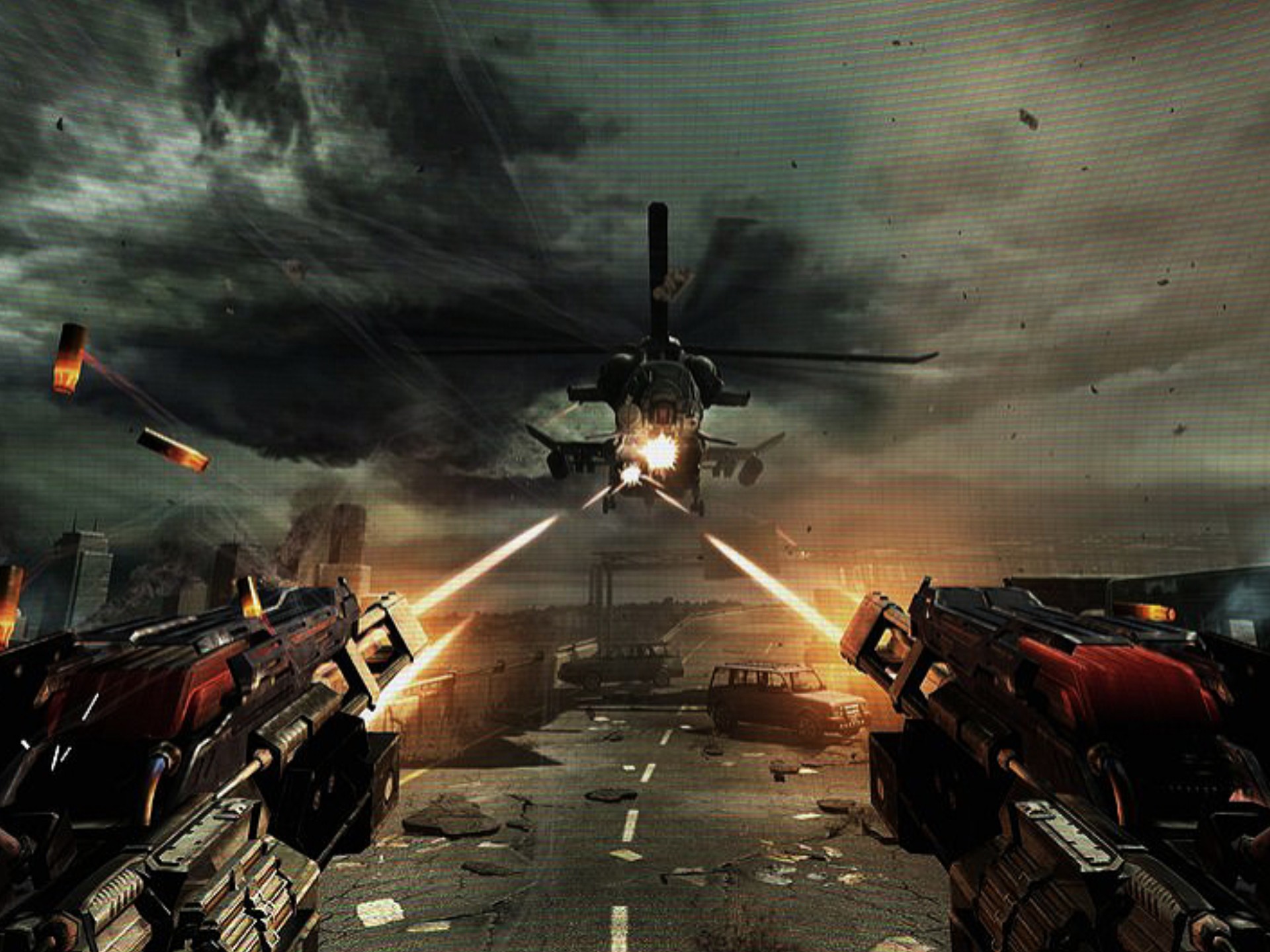Title: Stepping into the Future: How the 'Narrow Aisle Missions' Update Transforms Pedestrian Stacker Simulator VR
The world of virtual reality (VR) simulation is constantly evolving, pushing the boundaries of how we train, learn, and experience complex machinery from the safety of a digital environment. For fans and professionals in the logistics and warehouse operations sector, Pedestrian Stacker Simulator VR has long stood as a benchmark for authenticity and immersive training. Its latest expansion, the Narrow Aisle Missions update, isn't just a simple add-on; it's a groundbreaking leap that redefines the challenges and skills required to master the humble yet powerful pedestrian stacker.
This update zeroes in on one of the most demanding, high-stakes environments in modern warehousing: the narrow aisle warehouse. It’s here that efficiency and safety engage in a delicate dance, where every centimeter counts and a single error can have costly consequences. The Narrow Aisle Missions update brilliantly captures this pressure-cooker environment, translating it into a compelling and educational VR experience.
The Core of the Challenge: Precision Under Pressure
Prior to this update, operators could learn the fundamental controls of a stacker—lifting, lowering, moving, and stacking pallets in open spaces. The new missions strip away that comfort zone. The core gameplay now revolves around navigating incredibly tight spaces, often with mere inches of clearance on either side of the machine and its load.
The update introduces a new fleet of high-reach pedestrian stackers, specifically designed for narrow aisles. These models feature enhanced maneuverability controls, including multi-directional travel and sensitive acceleration, which players must master. The VR interface has been updated to include a more detailed heads-up display (HUD), showing real-time data on load weight, fork height, and—crucially—proximity sensors that beep with increasing urgency as you near a racking beam.
The missions themselves are meticulously crafted. They start with simple navigation drills, asking you to traverse a long aisle without touching the sides. The tension is palpable; the immersive 3D audio of the electric motor humming and the proximity sensors beeping makes you lean and twist your body instinctively, as if you were truly in the cab. Later missions escalate to complex tasks: retrieving a specific pallet from a high bay in a double-deep racking system, working around phantom "obstacles" like incorrectly parked pallet jacks, and executing a perfect 90-degree turn into a new aisle with a full load obstructing your forward view.
Beyond Mechanics: The Psychology of Space
What sets this update apart is its focus on the psychological aspect of operating in confined spaces. The developers have employed clever VR techniques to induce a genuine sense of spatial awareness and claustrophobia. The visual field is dominated by towering racking systems, creating a canyon-like effect. The lighting is often dimmer in the aisles, with pools of light at the intersections, forcing you to rely on your stacker's headlights and your own cautious approach.
This isn’t just about teaching hand-eye coordination; it’s about building muscle memory for patience and meticulous planning. The game now penalizes rushed behavior heavily. Grazing a racking beam results in a sharp screech of metal, a screen shake, and a significant mission score deduction. Dropping a load or, worse, causing a virtual collapse of racks due to careless impact, results in an instant mission failure—a powerful reminder of real-world safety protocols.
A Vital Tool for Real-World Training
While immensely entertaining for simulation enthusiasts, the true value of the Narrow Aisle Missions update lies in its practical application for vocational training. Warehouses are increasingly turning to VR to supplement expensive and potentially risky on-the-job training. This update provides a perfect, zero-risk sandbox.

Trainees can make mistakes here without the fear of causing thousands of dollars in damage or, more importantly, injuring themselves or others. They can repeat complex maneuvers dozens of times until the process becomes second nature. Companies can use the mission scoring system—which grades on speed, damage incurred, and load stability—to objectively assess an operator's readiness for the real warehouse floor. It bridges the gap between theoretical knowledge and the confident, cautious operation required in a high-density storage facility.
The Verdict: A New Gold Standard
The Narrow Aisle Missions update for Pedestrian Stacker Simulator VR is a masterclass in how to expand a simulation game. It doesn’t just add new maps; it introduces a completely new philosophy of operation. It demands more from the player: more focus, more precision, and more respect for the machinery and its environment.
For the casual user, it offers a deeply engaging and uniquely stressful challenge that is incredibly rewarding to overcome. For the industry professional, it represents the future of training—immersive, scalable, and profoundly effective. This update solidifies the simulator’s position not just as a game, but as an essential educational tool, proving that VR’s potential to reshape skilled professions is already within our grasp, one virtual pallet at a time.


















